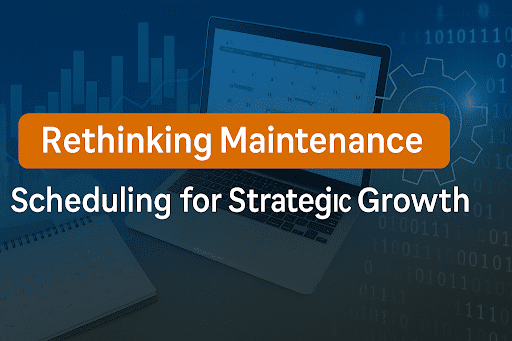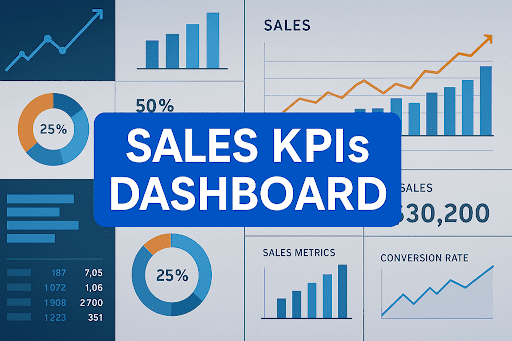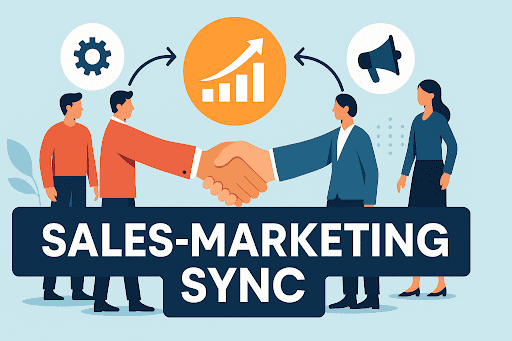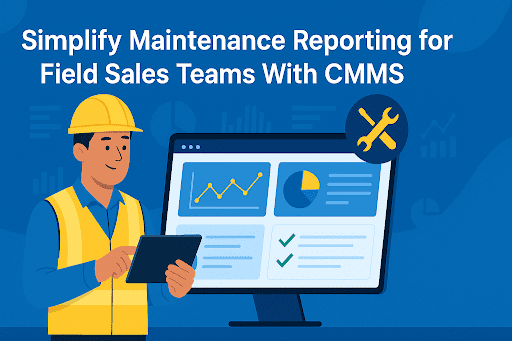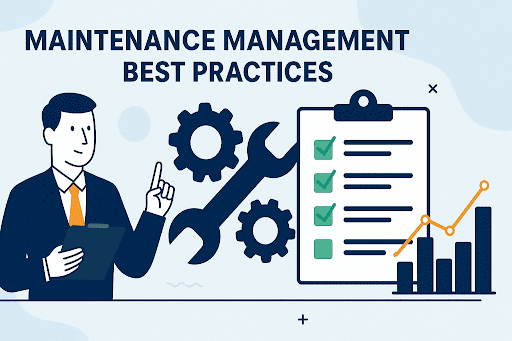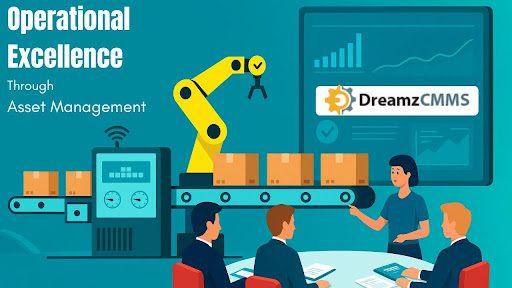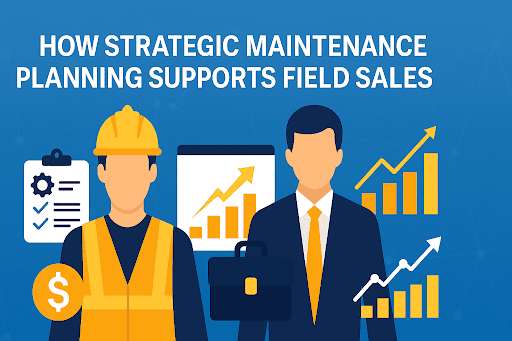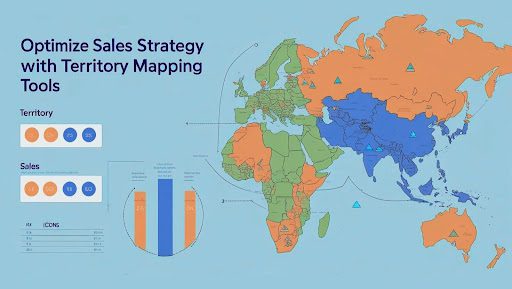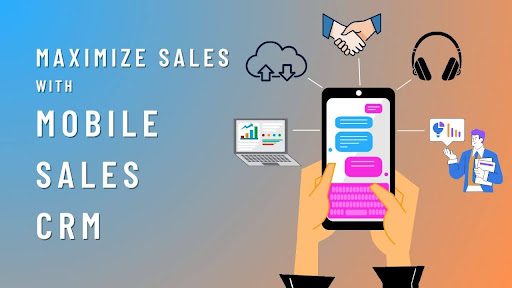 BACK TO Blog
BACK TO Blog
Asset Rental Management
Field Sales
When Sales Tactics Fall Behind Business Expectations Sales is not what it used to be. Years ago, cold calls and mass emails could open doors. Today, those doors are often locked and the keys are held by digital behavior, personalized messaging, and social engagement. C-level executives are noticing. They are
- June 20, 2025
- DreamzCMMS Team
- 9 minutes read
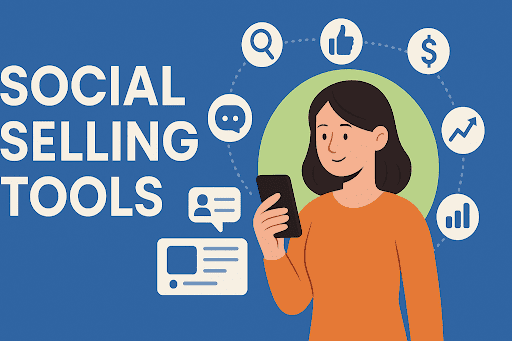
- June 20, 2025
- DreamzCMMS Team
- 9 minutes read
When Sales Tactics Fall Behind Business Expectations
Sales is not what it used to be. Years ago, cold calls and mass emails could open doors. Today, those doors are often locked and the keys are held by digital behavior, personalized messaging, and social engagement.
C-level executives are noticing. They are reviewing pipeline reports, listening to deal reviews, and asking a simple question:
Why is the close rate slipping when activity is rising?
The answer sits in the gap between traditional tactics and modern buyer behavior. Buyers no longer wait to be sold to their research, scroll, compare, and engage long before a rep sends a message. This is where social selling tools step in.
These are not just dashboards or vanity apps. They are intelligent platforms that allow teams to build relationships, track interest signals, and nurture deals through the digital spaces where decisions are already happening.
Whether it is through LinkedIn selling tools, B2B social selling software, or social media prospecting tools, the shift is clear: Sales enablement must now happen through social platforms, not outside them.
In the next section, we will dive into how executives are using sales intelligence via social media to inform strategy, not just outreach.
Strategy Over Scripts – Using Social Clues to Get Smarter
Let us be honest. More calls, more emails, more outreach it all sounds productive. But when the pipeline looks full and nothing is closing, something is off.
That is where sales intelligence via social media comes in. The smartest reps are not guessing. They are watching. They notice when someone likes a post, shares an article, or clicks a case study. These are not random actions. They are clues.
Tools like social lead generation software pick up on those signals and help salespeople see who is really paying attention. It changes the approach. You go from pushing a pitch to starting a conversation.
This is not about spray-and-pray. It is sales enablement through social platforms that buyers already trust. Platforms where they read, follow, and make decisions.
For leaders, this means better calls in review meetings. You see what content works. What does not. And you learn faster, without waiting on pipeline reports.
It gets even better when these insights connect to tools your business already uses. If your company uses something like Field Service Management Software to track client jobs or tickets, your sales team can spot timing opportunities. Maybe a project just wrapped up. Maybe it is time to offer something more. That context makes the message more personal. And a little more timely. Which is all it takes sometimes.
Building the Ecosystem – Tools That Talk to Each Other
When the sales process breaks down, it is usually not from lack of effort. It is from friction. Too many tools. Too many tabs. Not enough clarity. One rep is messaging on LinkedIn. Another is digging through spreadsheets. Someone else is logging notes in a CRM that no one checks.
That is where a connected system changes the game. Think about it: what if your LinkedIn selling tools, content sharing platforms, and social pipeline management tools all spoke the same language? What if updates synced? What if lead activity flowed into performance reports without anyone having to chase it?
This is not just about saving time. It is about seeing the whole picture. Leaders need that view.
A unified ecosystem using social CRM tools, AI-driven social selling platforms, and social media prospecting tools can help reps spend less time toggling and more time engaging.
It also keeps leadership in the loop. When performance metrics, conversation history, and content engagement all live in the same space, coaching becomes easier. You see what works. You see who is stuck. You step in at the right time.
Even better, these tools can be linked with core operational platforms. For example, if your team uses Facility Management Software or tracks project milestones through a centralized dashboard, your reps gain visibility into account status.
They know when to reach out. What to lead with. And how to move the deal forward without being pushy. Good tools do not just capture information, they surface what matters.
Ready to Cut the Guesswork from Outreach?If your sales team is still relying on cold emails and disconnected systems, it might be time to shift the playbook. Social selling tools are not just tech, they are your edge. With the right setup, your team works smarter. Messages land better. Leads feel warmer. When sales reps focus on the right people at the right time, the results speak for themselves. Book a demo today. |
Execution at Ground Level – How Selling Actually Changes
Strategy is great. Platforms are powerful. But what does it all look like on a Tuesday morning when the calendar is full and the team is trying to hit quota?
That is where real execution matters. With the right social selling tools, your team starts the day differently. They are not just pulling lists or chasing cold leads. They are checking who engaged yesterday. Who viewed a post. Who commented on a shared article.
That small shift changes everything. Outreach becomes timely. Messages sound human. Sales reps feel more in control. They know where to focus, and that cuts the noise.
Social media prospecting tools help them find new leads in a way that feels natural, not forced. The rep can interact without always “pitching.” They share value, join conversations, and build credibility.
Then, when the moment is right, they shift into deal mode. Leadership gets value here too. Time spent on tasks drops. Conversations increase. The CRM gets cleaner. With fewer tools, reporting becomes tighter. Forecasts make more sense.
And if you are using integrated systems, say, Field Sales Software sales activities can tie directly into task tracking, route optimization, and even territory insights. That saves time in the field. And helps remote teams stay aligned.
B2B social selling software is not about replacing sales strategy. It is about sharpening it. Giving people what they need to move faster and smarter without relying on luck.
Next, we will look at how success shows up. What changes in the metrics when social selling becomes part of daily motion not just a side play.
From Metrics to Meaning – Tracking What Actually Improves
What changes when you embed social selling tools into your sales routine?
At first, it feels subtle. A few more replies. A warmer tone in those replies. Less chasing, more progress. But soon, the numbers start to show it.
First, engagement climbs. More leads respond. More conversations begin. Sales cycles start moving earlier, because the relationship has already started before the call. Then, deal velocity improves. Reps waste less time on cold targets. They focus on leads showing signs of interest. That saves hours every week.
Pipeline gets healthier. Fewer dead deals sitting around. Prospects in motion stay in motion because they are nurtured, not pushed.
When all of this is connected especially through tools like social CRM, pipeline tracking dashboards, and AI-driven social selling platforms the team does not just work harder. They work sharper.
And here is where leadership really sees the win. Reports start showing behavior, not just numbers. You see which content drives action. Which touchpoints lead to replies. Which reps are building momentum.
Tie that into your operations platform, say, Construction Project Management Software and you start spotting sales timing based on project activity. Deals close at better moments. Outreach feels less random.
That kind of alignment drives real results. Not just in sales but in trust, speed, and team morale.
Implementation That Works – Rolling Out Social Selling Without the Noise
This is the part where most teams hesitate. The tools sound promising. The case studies look great. But rollout? That feels heavy.
Here is the truth: it does not have to be. The best companies start small. They pick a few reps. One product line. One platform. And they let it grow from there.
No one needs a 12-week implementation plan just to test a new approach. Start with the right social selling tools, train a handful of reps on real use cases, and watch what they do. What they ignore. What they find useful.
Then adjust. Sales enablement through social platforms only works when it feels natural to the user. If your team has to click through five tabs just to find a lead, it will not last.
That is why smart organizations pair their rollout with tools they already use. If your sales team is tracking visits, quotes, and client notes in DreamzCMMS, that becomes your starting point. Integrate social tools into that flow.
Now the reps are not learning a new system, they are simply adding more value to the one they already trust.
And leadership? You stay out of the weeds. You watch adoption. You track early wins. You support without micromanaging. One tip: keep the early phase quiet. No big announcements. No corporate-wide rollouts. Let it build from within.
Once it works, the results will speak for themselves. And the rest of the team will ask for access.
Conclusion – The Modern Sales Shift Is Already Here
Buyers are not waiting for emails. They are not picking up cold calls. They are online watching, clicking, sharing, and deciding. And if your team is not part of that flow, they are showing up late.
Social selling tools are not about technology for the sake of it. They are about helping great reps work smarter. They offer a better read on interest. Better timing. Better results.
For leaders, this is the shift that matters. Not because it is trendy but because it works. Conversations move faster. Outreach feels human. Pipelines stay cleaner.
If you are building a team that adapts, learns, and leads this is where you start.
Additional Reads – Continue Sharpening Your Sales StrategyLooking to build beyond social selling? These reads can guide your next step:
|
Call to Action – Make the First Move SmarterWant to see how it works with your existing systems? We will walk you through it with no noise, no pressure. Take five minutes. Get a real demo. See how sales enablement, visibility, and strategy line up inside one system. Request a Free Demo |
Ready for More?
Talk to one of our CMMS experts and see how DreamzCMMS can simplify your maintenance operations.
Book a free consultation
